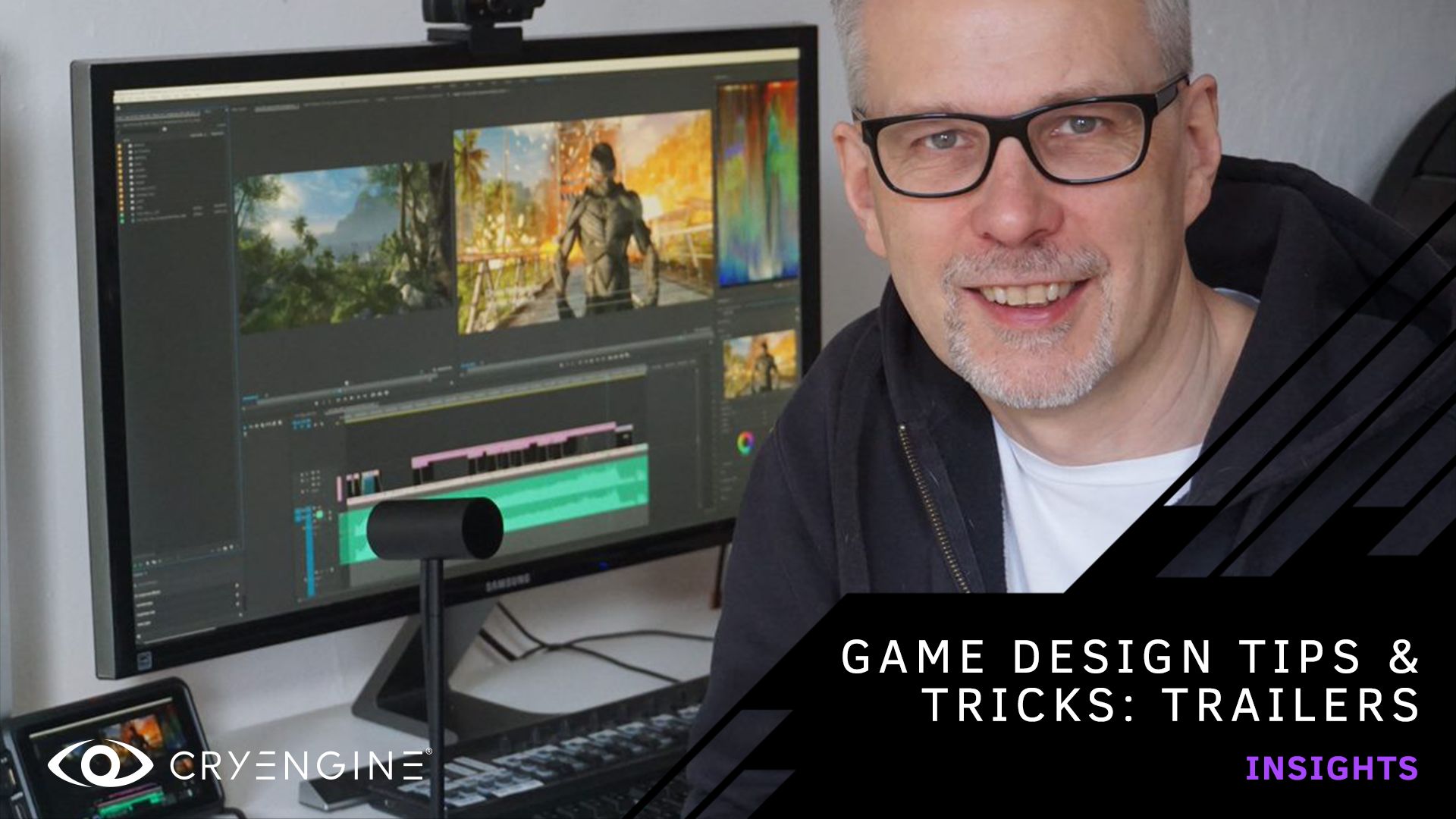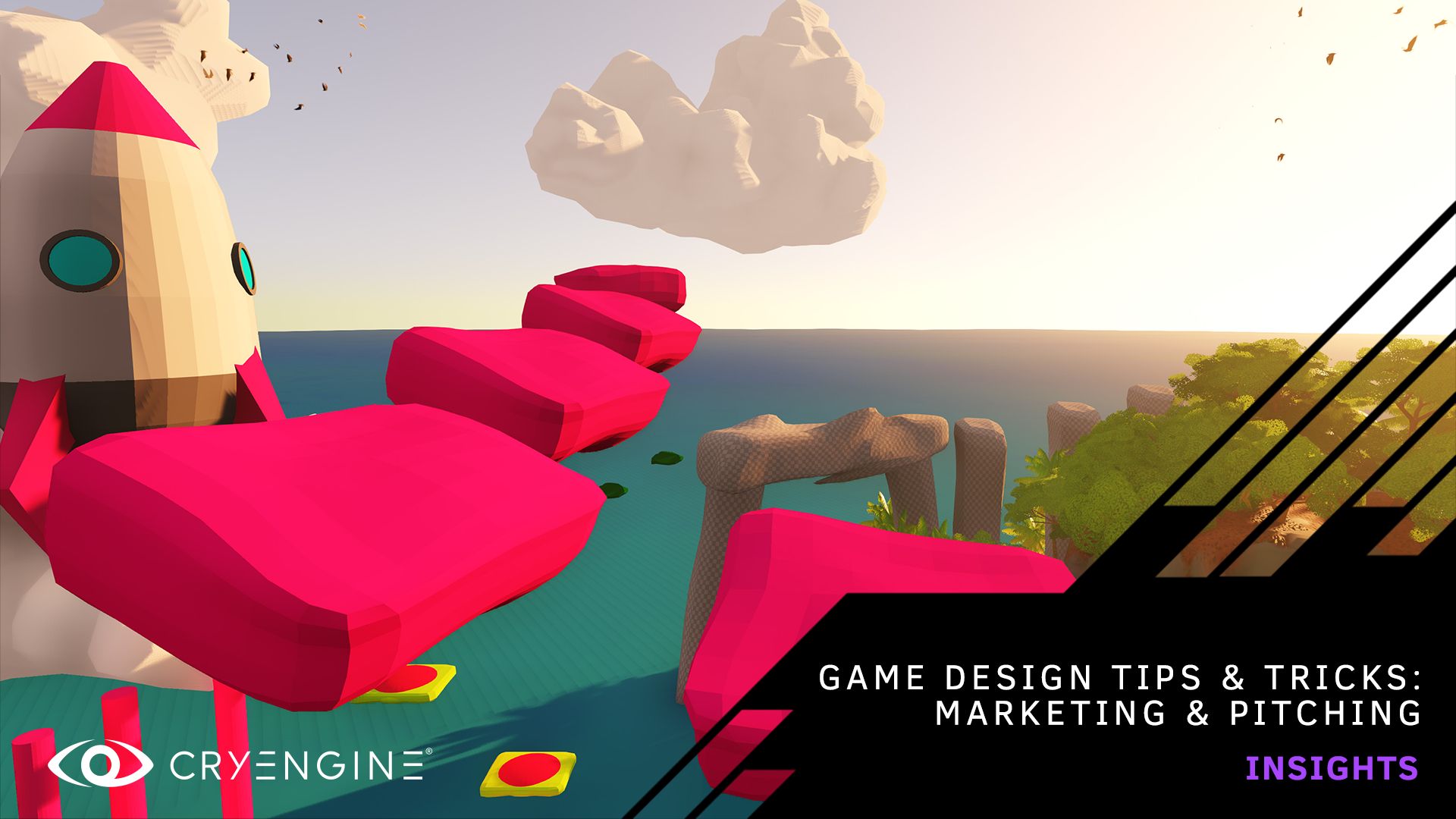
Game Design Tips & Tricks: Visual Effects
Learn best practices for creating visual effects with the latest installment in our Game Dev Tips series
Creating a game, whether as a one-person indie outfit or as part of a wider team, draws upon a range of technical and creative talents from across many disciplines. Today we’re presenting some top tips on creating visual effects with proven-in-production advice from Viktor Ikkes, Senior VFX Artist for Hunt Showdown and an industry leader in the field.
Three Tips for Creating Particle Effects in Games
Effects must deliver a message
“All visual effects in your game must deliver a message, so think about that at the start of the process. Some effects may be ambient, for instance, rainfall. They simply need to convey a certain mood, which is an artistic challenge in itself. But gameplay effects need to be readable and represent what is happening from a gameplay perspective, so you need to understand what the requirements are before you start. For instance, if you have a magical effect where a character absorbs a healing essence from another character, you want to really understand the game mechanics and the message that needs to be conveyed to the player. That will play into different considerations. Where does the health come from on the enemy character? Where does it enter the player's character? How fast does it go? Define these elements as your starting point to convey what is happening to the player as you begin to think about the effect.”
Use reference to guide you
“If possible, try to look at real-life references for what you are making. Try to get a “feel” for the effects and find the components that make the effect up. Most visual effects are based on something from real life, even if you are making something magical or abstract. For instance, if you want to create a fire-based effect for a character, you should check out how fire moves, the shapes it makes, how quickly it moves, and so on. Mostly, you’ll want to look at video references. Photos are fine, but motion is important. Ideally, you can check out something in the real world. Let’s say we want to make a water-based visual effect. If you can, observe a river in real life. Look at the wave behavior, color, and motion. Then think about what will make your particle feel like water, even if it’s an abstract effect. Imagine you wanted to make a waterfall. You might want to consider its multiple components – how the water splashes, the mist that appears, how the water flows down, how individual drops behave, and so on. Break your reference down into components and work out the components you need to get the required effect.”
Test and keep it simple
“Once you have your overall picture and components, like timing, shapes, and colors, you’ll want to get all those components together in a particle and place it in a level. This is an excellent time to discover other elements you need, those you don’t, and what is working or not. Taking the example of a waterfall, testing is an excellent time to see how the mist scatters with light. Find out how the refraction works and if you need to make changes. Then consider other elements about the waterfall – does a player need to pass through it, interact with it, or will it be a background asset? If it’s a background asset and a player can’t interact with it, design towards that and don’t over-complicate it. Remember, there are no points for over-engineering, so keep your things as simple as it needs to be. Work quickly and smart, which is good advice for whatever you do in game dev!
“Another thing you may wish to consider is making it easy for others to use. Often, you will want to give other people on your dev team control over elements of the asset. For instance, you might wish to expose color to them. But when you do that, think about only exposing those colors that you feel will be appropriate within the artistic vision. Make variables available and easy to use but not easy to misuse.”
Big thanks to Viktor for taking the time to compile some of his top tips for visual effect creation. Go further by checking out a couple of episodes from our CRYENGINE Breeze Academy series, where Viktor presents more yet more invaluable practical advice for creating visual effects.
Are you making something cool with CRYENGINE? Let us know in the comments, on the forum, or via Facebook and Twitter. Pick up tips and tricks about our engine, ask questions, and more by joining our community and the CRYENGINE development team over on our official CRYENGINE Discord channel. Should you find a bug in the engine, please report it directly on GitHub, which helps us to process the issue quickly and efficiently. Don't forget to subscribe to our YouTube channel, where we host a range of content, including tutorials covering all aspects of the engine and game design.
If you’re looking for your next career mode, we’re hiring. At Crytek, we value diversity and actively encourage people from all backgrounds and experience levels to apply to our open positions, so join us on LinkedIn and check out our careers page. Show your love for CRYENGINE with merch over on the official online Crytek Store.



